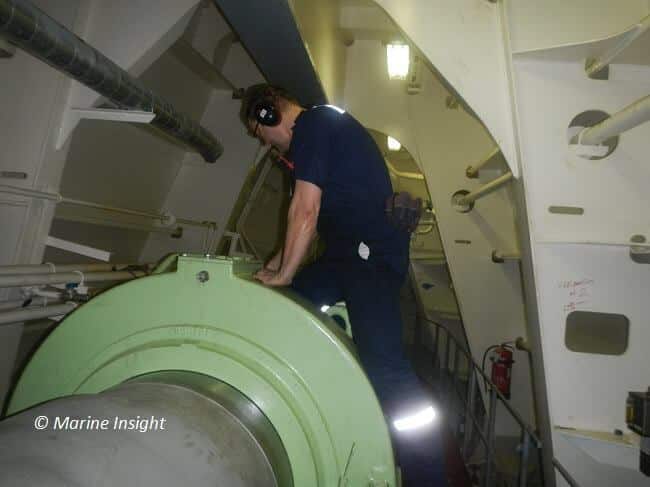

Heat sickness can frequently occur onboard ships due to the extreme temperature and high humidity conditions in which seafarers often work. However, despite the awareness and available preventive measures, there have been a disturbing number of cases where human indifference has resulted in serious illness and even death.
Heat exhaustion
Heat exhaustion usually develops gradually and is caused by loss of salt and water from the body through excessive sweating.


Those who are unwell, especially with illnesses that cause vomiting and diarrhoea, are particularly vulnerable. As the condition develops there may be:
Perspiration is the body’s best heat-control mechanism but the salt and water that is lost must be replaced. The salt is best taken with food and supplemented by drinks containing salt to prevent heat cramp. In conditions of moderate heat, at least four litres (seven pints) of fluids are required a day, but in high temperatures this increases to six to seven litres (10-12 pints). However, when the atmospheric temperature is the same or higher than the body temperature (37°C), it is no longer possible to lose heat by radiation.
A humid atmosphere will only make matters worse as sweat will not evaporate so readily from the body. Particular care must therefore be taken when working in hot temperatures, especially in engine rooms and other confined spaces. In very hot conditions, as well as drinking plenty of water, seafarers should wear protective clothing that ensures the free circulation of air to allow evaporation of sweat.
Heat stroke
Heat stroke is caused by a failure of the ‘thermostat’ in the brain: the body becomes dangerously overheated due to high fever or prolonged exposure to heat. In some cases it can follow heat exhaustion when perspiration ceases and the body cannot be cooled by evaporation. Heat stroke can occur suddenly, causing unconsciousness within minutes, and on occasion it can be fatal.
Sometimes there will be no indication of what is wrong until it is too late, but there can be warning signs. There may be:
In the case of heat stroke, the patient should be wrapped in a cold, wet sheet, which is kept wet until the temperature has fallen to 38°C. The wet sheet can then be replaced with a dry one and the patient carefully monitored. Should the patient’s responses deteriorate, or they become unconscious, ensure their airway is open and check they are breathing. In all cases, expert medical advice should be sought as soon as possible.
Reference: nautinst










We believe that knowledge is power, and we’re committed to empowering our readers with the information and resources they need to succeed in the merchant navy industry.
Whether you’re looking for advice on career planning, news and analysis, or just want to connect with other aspiring merchant navy applicants, The Marine Learners is the place to be.